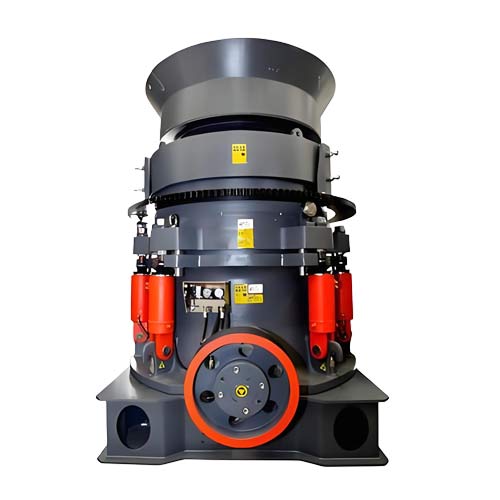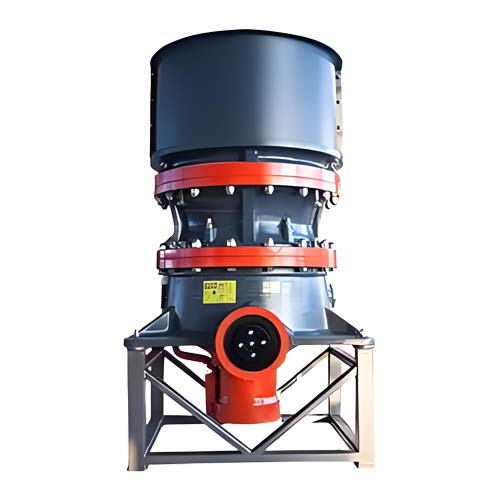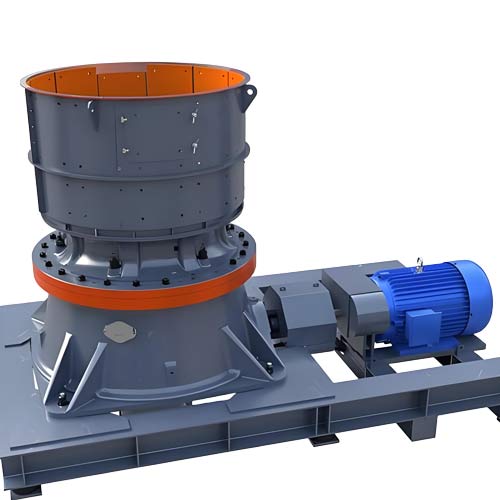How to choose manganese carbonate ore grinding equipment?
Wet grinding offers high output but high energy consumption, while dry grinding is a mature process that requires dust removal. Vertical grinding mills are highly efficient and energy-efficient, Raymond mills offer excellent cost-effectiveness, and ultrafine grinding meets the needs of renewable energy sources. The key is to accurately select the right grinding mill based on ore characteristics, production capacity, and environmental protection policies.
Manganese carbonate ore, a key industrial raw material, is widely used in electrolytic manganese metal, metallurgy, new energy batteries, and other fields. Selecting the right grinding equipment is crucial for improving production efficiency, reducing costs, and ensuring product quality. This article provides professional advice on selecting manganese carbonate ore grinding equipment based on process type, equipment performance, application scenarios, and cost-effectiveness.

Clarify the grinding process: wet method vs dry method
Manganese carbonate ore grinding processes are mainly divided into two types: wet process and dry process, which should be selected according to the ore characteristics and production requirements:
1. Wet grinding
● Applicable scenarios: Large-scale powder processing projects with high requirements for material adaptability and no need for subsequent slurrying.
● Equipment recommendation: wet ball mill.
● Advantages: high output, short process, strong stability, suitable for processing high hardness or sticky materials.
● Disadvantages: high energy consumption, bulky equipment, loud noise, difficult particle size control, and greatly affected by environmental protection policies (such as restrictions on new water unit consumption).
2. Dry grinding
● Applicable scenarios: Small and medium-sized projects or continuous leaching processes, when the material has a high water content, a hot air system is required.
● Advantages: The technology is mature, the process is simple, easy to control, and suitable for subsequent leaching process.
● Disadvantage: There is dust pollution during production, and dust removal equipment is required.

Core grinding equipment selection: precise matching according to needs
The core equipment for grinding manganese carbonate ore needs to be selected based on factors such as production capacity, particle size requirements, and cost:
1. Vertical grinding mill (GKLM)
● Features: high grinding efficiency, low power consumption, large feed particle size, adjustable fineness, small footprint, low noise and easy maintenance.
● Applicable scenarios: large-scale production, especially suitable for the preparation of medium-fine powder and ultrafine powder.
2. Raymond mill (such as GK series)
● Features: simple structure, easy operation, low price, low energy consumption, suitable for small and medium-sized production.
● Applicable scenarios: fine powder and ultrafine powder needs, suitable for companies with limited budgets.
3. Ball mill
● Features: wear-resistant and impact-resistant, strong processing capacity, suitable for coarse powder and fine powder.
● Applicable scenarios: Traditional processes or scenarios that require high stability, but attention should be paid to energy consumption and noise.
4. Ultrafine grinding machine/air jet mill
● Features: high grinding fineness (ultrafine powder), large output and low energy consumption.
● Applicable scenarios: New energy battery materials, high-end electronic products and other fields that have extremely high requirements for powder fineness.

Supporting equipment and auxiliary systems
The grinding production line needs to be equipped with crushing, grading, dust removal and other equipment to form a complete system:
1. Crushing equipment (pre-process): jaw crusher (coarse crushing) and cone crusher (medium and fine crushing) to ensure that the particle size of the material entering the mill meets the standard.
2. Classification equipment: vibrating screen and classifier to ensure uniform powder particle size.
3. Dust removal system: essential for dry process, such as bag dust collector, to avoid dust pollution and meet environmental protection standards.
4. Conveying equipment: belt conveyor, bucket elevator to optimize material flow efficiency.
Key selection factors
1. Ore characteristics: Hardness, moisture content, and particle size distribution determine the type of crushing and grinding equipment (e.g., for high hardness, choose a jaw + cone crusher combination).
2. Capacity requirements: For large-scale production, choose a vertical mill/ball mill; for small and medium-sized production, choose a Raymond mill.
3. Particle size requirements: For ultrafine powder, choose ultrafine grinding mill or air flow mill; for ordinary fineness, choose Raymond mill/vertical mill.
4. Environmental protection and energy consumption: The wet method has high energy consumption but a short process, while the dry method requires dust removal but has a mature process. Low-energy consumption and low-noise equipment are preferred.
5. Cost budget: Consider the cost of equipment purchase, operation and maintenance, and energy consumption, and choose the most cost-effective solution (e.g., Raymond mills are preferred for small and medium-sized enterprises).
Practical Suggestions
1. On-site inspection: It is recommended to visit the equipment manufacturer’s production line to test the equipment’s performance and adaptability.
2. Policy adaptation: The electrolytic manganese metal industry must comply with environmental protection policies such as new water consumption, and give priority to water-saving equipment or dry processes.
3. Intelligent upgrade: Choose equipment with a high degree of automation to reduce labor costs and improve production efficiency.
4. Dust control: Dry processes must be equipped with efficient dust removal systems to protect the production environment and worker health.
Related Products
Inquiry
Please leave us your requirements, we will contact you soon.





